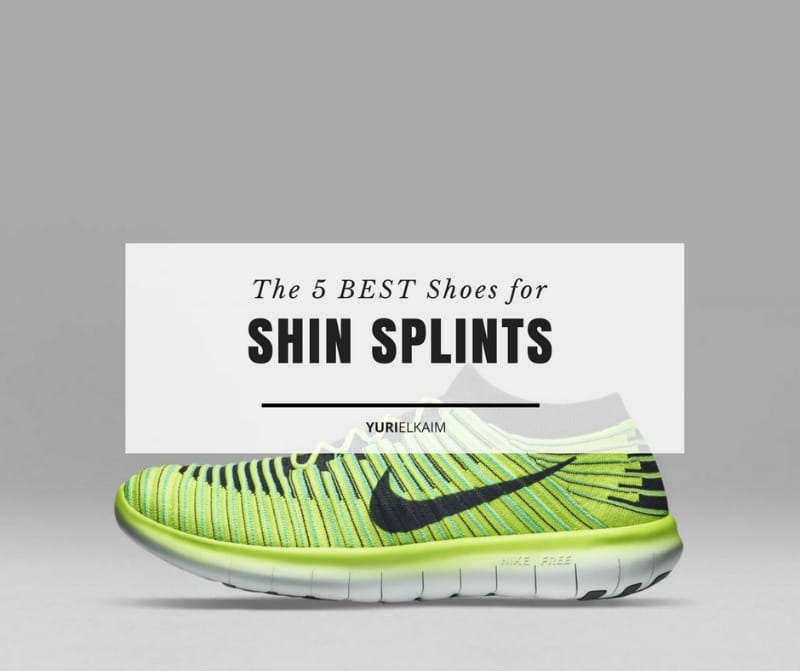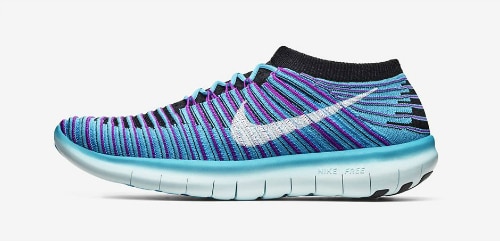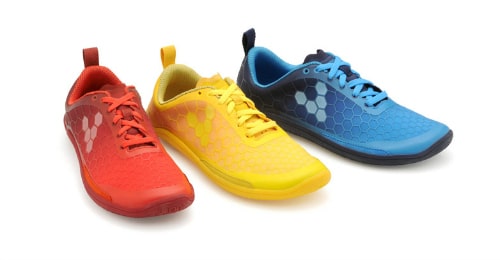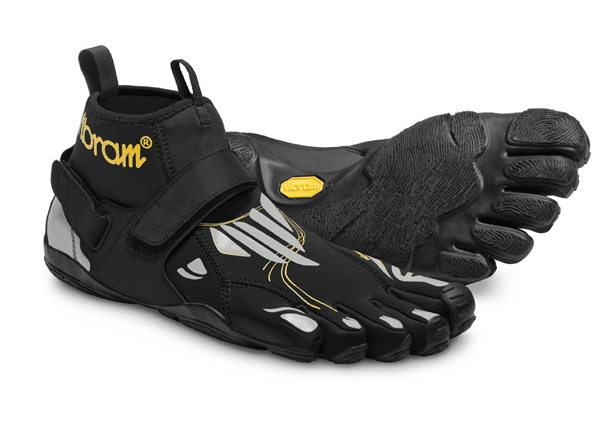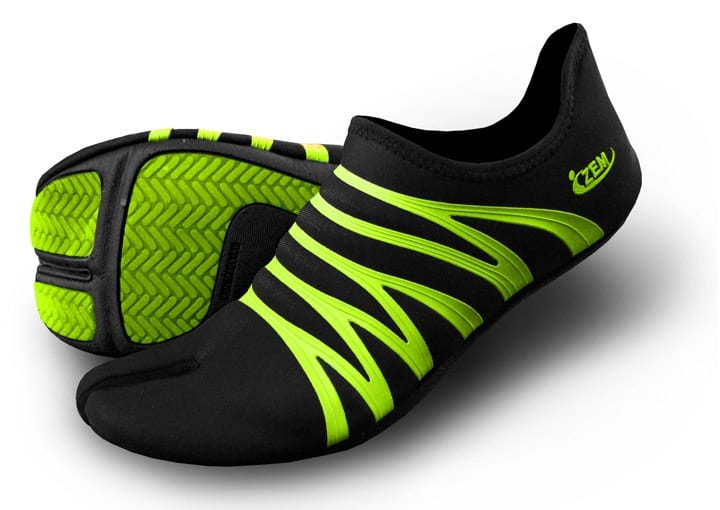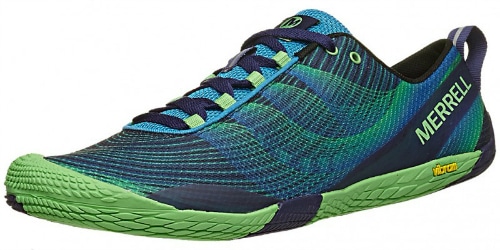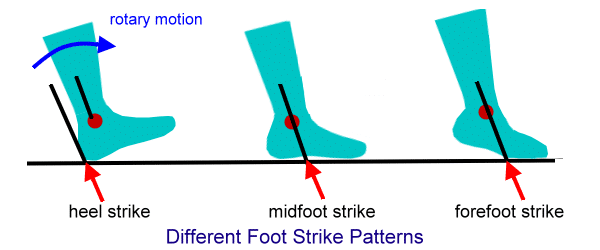In this article
There’s nothing worse (or more frustrating) than experiencing shooting pain when you’re trying to work up a sweat.
For runners especially, one type of pain is all too common: shin splints.
If you’ve never had them before, shin splints are the annoying pain that occur along your shin bones.
They occur due to inflammation and irritation of the muscles next to the shins. While they can occur during any type of exercise, shin splits are most common in runners due to the repetitive movement and force of running.
Of course, once you have shin splints, you want to get rid of them – or at least ease the pain – as soon as possible. Unfortunately, there’s no magic wand that will dull the pain, so your best options will always be rest, ice, and gentle stretching.
However, once you’re ready to get back in the running game, there are several ways to keep shin splits at bay. One of the best ways is to make sure you have the right shoe.
The Best Running Shoes for Shin Splints
Now, when you think about shin splints and the fact that they are created by repetitive impact, the first instinct is to look for a shoe with a lot of cushion.
However, even though this seems like common sense, all that cushioning can actually have the opposite effect. That’s because heavily insulated and cushioned shoes essentially take all the work off your feet and their corresponding muscles while running.
Think of it like this: in the same way that we talk about avoiding using ab machines because they essentially support the core (thus not helping it get stronger), we don’t want a shoe that trains our feet not to support themselves.
When the feet and leg muscles are weak from using shoes that support them too much, they naturally become susceptible to injury when finally forced to handle impact.
Actually, our feet are meant for barefoot running over grass and earth. That makes them strong and supportive, able to handle “bumps in the road.”
We’ll talk more about going barefoot below, but for now, I always recommend a shoe that does the least amount of work for you. That’s a show that’s bendable and allows you to strengthen your feet and legs to prevent shin splints in the first place.
5 Good Running Shoes for Shin Splints
1. Nike Free
Nike Frees are an awesome option when you’re looking for a decent amount of support, but still want to know your feet are working.
This shoe allows you to feel where you’re landing on your foot, so you can master correct stride. Trust me, with these type of shoes, you’ll be able to feel if you’re landing incorrectly (aka, on your heels) so that you can work on fixing it.
2. VivoBarefoot
VivoBarefoots are similar to Frees, with a thin and flexible (yet sturdy) sole. They boast that their shoes are “foot-shaped,” designed by podiatrists, and are equipped with patented puncture-resistant soles.
Interestingly, beyond running shoes, this line also offers loafers, trail shoes, slip-ons, and even hiking boots.
3. Vibram FiveFinger
Vibrams are Nike Frees on an even freer level.
The most noticeable difference between the Frees and Vibrams is that Vibrams function more like a toe sock, with each of the five toe “fingers” being free from the shoe. This allows the foot to “feel” the way it’s supposed to, or the way it used to before the invention of cushioned footwear.
The Vibram sole is extremely flexible and when it’s on it feels barely there. It offers just enough protection to allow you to run on rough surfaces without getting splinters.
I would urge you to ease into running in Vibrams, just for the simple fact that you will need to build up strength in your foot and leg muscles to support near-barefoot running. Try alternating running days; two days with the Frees, a day with the Vibrams, or however you feel comfortable.
This could take a couple months, so be patient.
4. ZEMgear
ZEMgear’s line of barefoot shoes were designed with Japanese simplicity in mind. They are more flexible than Frees and can actually be rolled up like a sock. They have a great near-barefoot feel while road and trail running.
These are great for those who don’t love the “five-fingers” look of Vibrams.
5. Merrell Barefoot
While Merrells aren’t as flexible as Vibram Five Fingers, their soles were actually designed by Vibram. This company offers a Trail Glove that is a little sturdier than its counterparts, but overall, they can be seen as a combination of the Free and the Vibram Five Finger.
6. Barefoot Bonus
Many of us can’t remember the last time we went walking outside without shoes (aside from the beach). While it might seem wacky at first, it’s actually what our feet were meant to do.
The foot and legs should be able to support the body over nearly any kind of terrain – rough, jagged, soft, you name it.
Cushioned shoes are a very new thing when compared to most of human history, so it only makes sense that our feet won’t exactly be at their best in them.
However, I know that our “terrain” nowadays isn’t exactly natural (concrete stairs, anyone?), which is why I would encourage you to stick with barefoot shoes for your inner city running, but also try out going barefoot on grass or sand once in a while.
How to Prevent Shin Splints
Now that you have your shoes, let’s look at some other things that are crucial in helping you prevent shin splints.
1. Strength Training
Strength training should be number one on anyone’s list if they’re repeatedly suffering from shin splints.
This is because muscle is our only skeletal support system. It cushions and absorbs impact before it can reach the bones and tendons. Unfortunately, as we see with shin splints, weak muscles can lead to them becoming inflamed and irritated with too much repetitive impact.
The key is to not only strengthen the tiny muscles in the feet, but also the calves, quads, glutes, and hamstrings, so you have more than enough cushion to handle the impact of running.
And what an impact it is – with each stride, one of your legs is taking on three to four times your body weight.
Because of this, I recommend really focusing on strengthening the legs with one-leg exercises, such as one-leg lunges, Bulgarian split squats, step-ups, walking lunges, etc. These will strengthen your leg muscles and stability muscles, due to the fact that you have to keep your balance, which will ultimately improve your running form as well.
2. Proper Foot Strike
One of the most common problems I see in runners is improper foot strike.
Most runners who develop shin splints have a tendency to land on their heels when they run.
This might not sound like such a big deal, but think of it this way: a car tire experiences the most friction when it puts on the brakes. When we drive down with our heels, we strike against whatever we’re landing on, in a similar fashion to breaks.
This creates more friction (and more opportunity for shin splits and other injuries) than if we were to “coast” by landing on our mid-foot.
The only kicker with this is that you’ll definitely feel soreness in your legs and calves when you start to land correctly, since your muscles are now absorbing the force properly, instead of your bones and joints.
3. Proper Stride
Proper stride goes along with proper foot strike, in that you want to keep proper alignment of the body over the foot.
You don’t want to lean back, nor do you want to lean too far forward (unless you’re sprinting, of course).
One way to train your body to maintain proper form is to work on core strengthening exercises. Core exercises (unlike crunches) work the entire midsection of the body, front and back, and help support our spine in its correct position.
Great core exercises to start with would be planks, side planks, bird dogs, and stability ball toe-touches. Here’s a complete list of my favorite core exercises.
Add these into your routine 2 to 3 times a week and you will notice a positive improvement in your stride.
4. Foam Rolling
Foam rolling is an awesome way to not only relieve pain, but to release any kinks in your lower body that might be holding you back from proper stride.
Practice rolling slow over the glute, hamstring, and thigh muscles, pausing for a few counts whenever you feel and area of tightness.
Preventing Shin Splints
As you can see, for a small investment, you have quite a few options for preventing shin splints. One thing is for sure: investing now instead of paying for pain later is always a good idea.
Are Your Workouts Beating You Up?
Tired of feeling tired, sore, and stale after you workouts?
Get my 11 overlooked post-workout strategies to speed recovery, reduce stiffness, and help you feel unstoppable – for FREE.
Download my Workout Recovery Formula by clicking the banner below!

